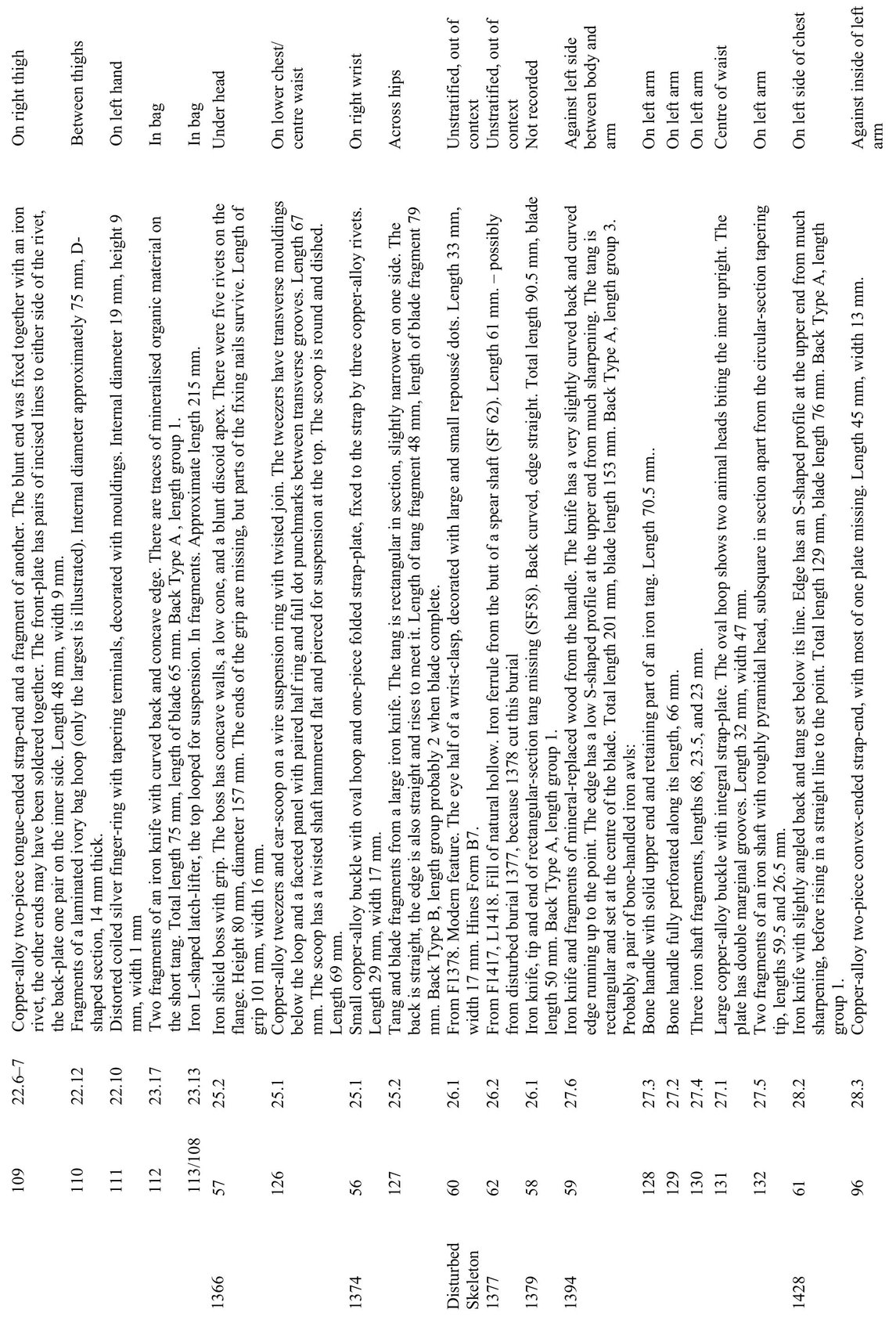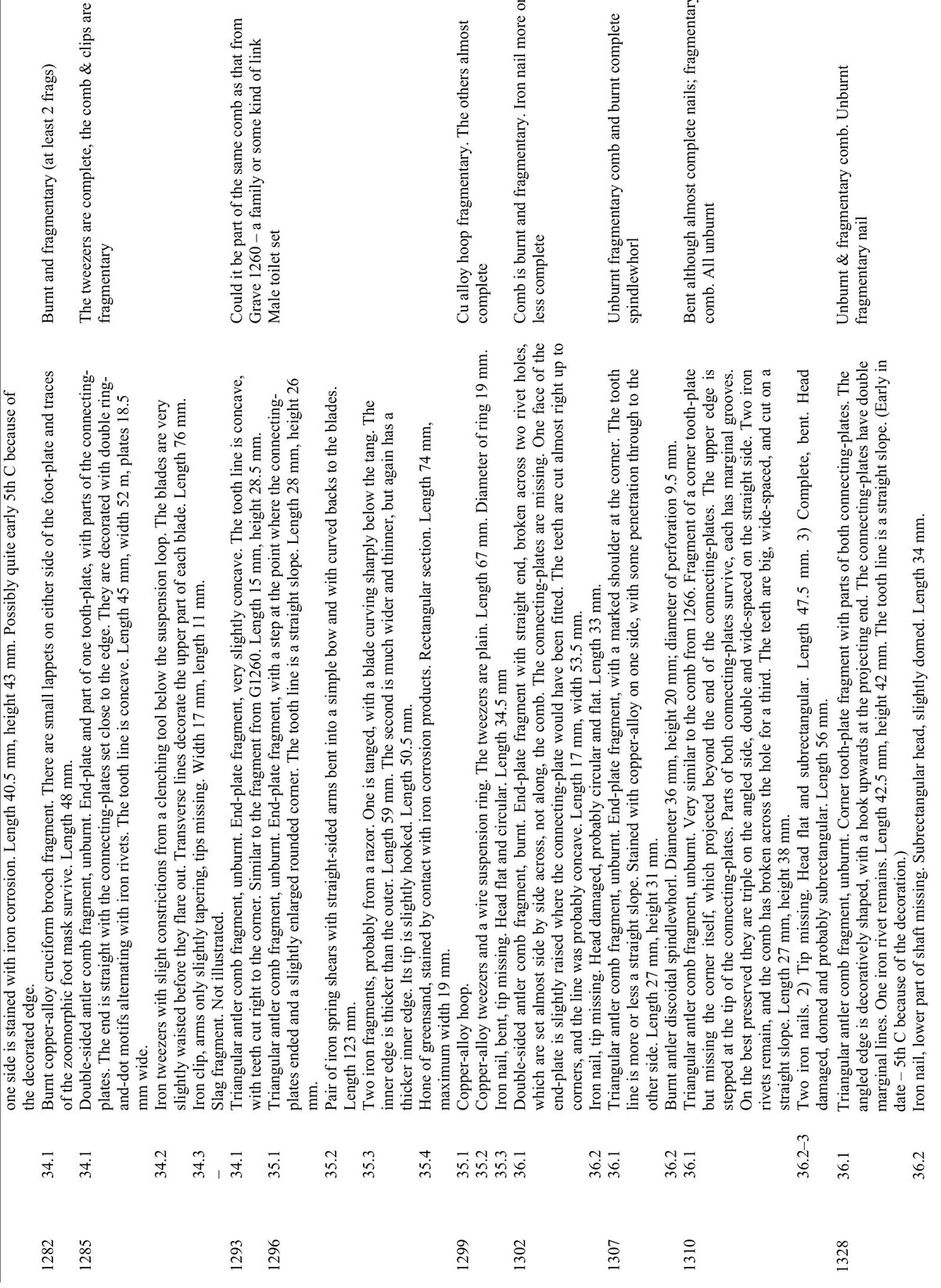Ethnicity, Race and Migration in Mortuary Archaeology: an Attempt at a Short Answer
Heinrich Hrke
This is a belated answer to a question from the audience in the last few minutes of the concluding discussion of the Exeter conference. The essence of the question was: What is the current state of thinking on the inference of ethnicity and race from archaeological evidence? How can we play the numbers game concerning the relationship between immigrants and natives in the Migration Period? The question was not directed at anybody in particular, but a reference to my interest in this matter made clear that it was indirectly meant for me. However, it was such a big question on a complex issue that I was unwilling to give an off-the-cuff answer. Having had some time to consider it, I am willing to give it a try now given the continued importance of the question for the study of early medieval mortuary practices. But in relation to the complexity of the question, it will have to be a reasonably short answer books can be, and have been, written on this question. Inevitably, it will also reflect my own current thinking on this subject more than that of the discipline as a whole, not least because I retained an interest in the archaeological identification of ethnicity and migration throughout the time when these topics were considered to be deeply unfashionable or even objectionable in some quarters of British archaeology. The emphasis will be more on archaeology than physical anthropology in which I cannot claim specialist expertise; mine is therefore a consumers perspective on skeletal data.
First of all, we need some clarification of the terminology in order to avoid (or remove) confusion. The concept of race was originally meant as a tool of biological classification, and if it is used at all (see below), it should be limited to this. Ethnicity, by contrast, is a cultural concept, describing perceptions and expressions of group identity as seen by observers or the respective people themselves. Students of the Early Middle Ages will also frequently encounter the term tribe: strictly speaking, tribes are units within a segmentary type of social organisation, and they should therefore be conceptually distinct from racial and ethnic groups. In addition, names of language groups (Celts, Germani, Slavs, Balts, Turks etc.) are often used in early medieval archaeology as if they reflect biological or cultural group affiliations or even socio-political units which they do not, neither in principle nor, mostly, in practice.
Unfortunately, recent political terminology has muddied the waters, with ethnicity becoming the politically acceptable term for what used to be called race, possibly because the latter term has become tainted with the connotation of racism (as ethnicity has now become tainted by the association with ethnic violence and ethnic cleansing). It does not help that some scholarly texts, particularly history textbooks, still use race to describe culturally or historically defined groups of people. In a more general, but equally wrong sense, race is occasionally used for the entire human species (the human race).
Race in Archaeology and Physical Anthropology
Let us start with race because the answer to the original question is reasonably straightforward: You cannot infer race from archaeological evidence because it is a biological concept, and as such it cannot be inferred from cultural remains. For this, you would need biological evidence, i.e. human bones, blood groups, DNA etc. The analysis of skeletal traits, in particular skull shapes (craniology) which were seen as racially diagnostic, underpinned much of the race anthropology of the late nineteenth and early twentieth century. There was also a widespread assumption that, once the traits of a particular race had been established, not only would it be possible to distinguish it from other races, but also the racial origins of individuals could be established using their skeletal measurements and ratios.
However, biologists have become very dissatisfied with the concept of race, mainly for two reasons. The first is the vagueness of the concept itself: race was intended to be the highest category of classification below the level of species; but because at this level interbreeding is, by definition, possible, the resulting races were found to have fuzzy boundaries and marked overlaps.
The Archaeological Inference of Ethnic Identity
Ethnicity is a different matter. Because it is a cultural phenomenon, it should, in principle, be possible to infer it from cultural evidence, including archaeological remains. In early medieval archaeology, such inferences have routinely been made using grave-goods, in particular female dress items, to identify tribes (usually meaning ethnic groups) named in the written sources of the period, to follow their migrations, and to identify the tribal affiliations of individuals.


























